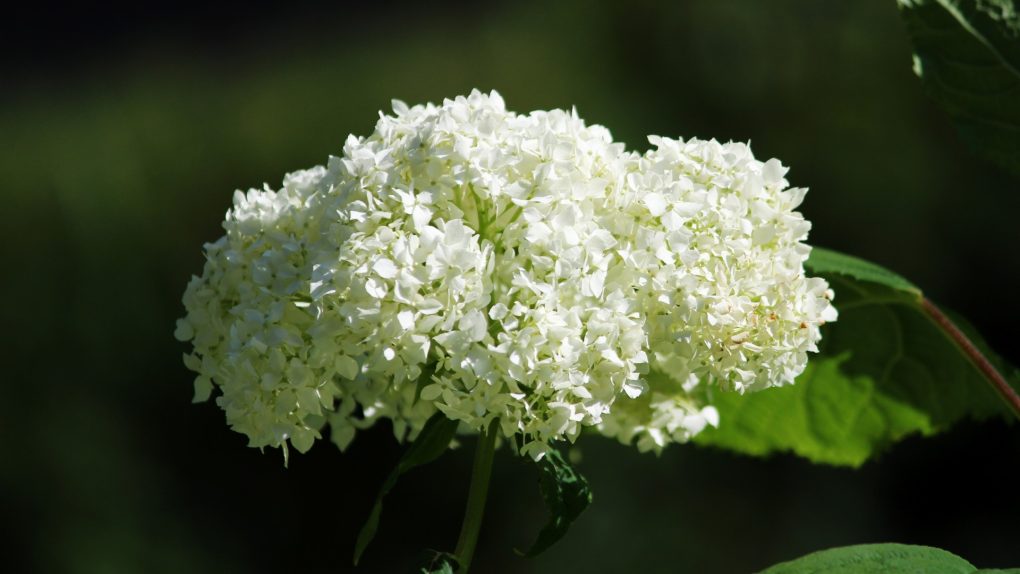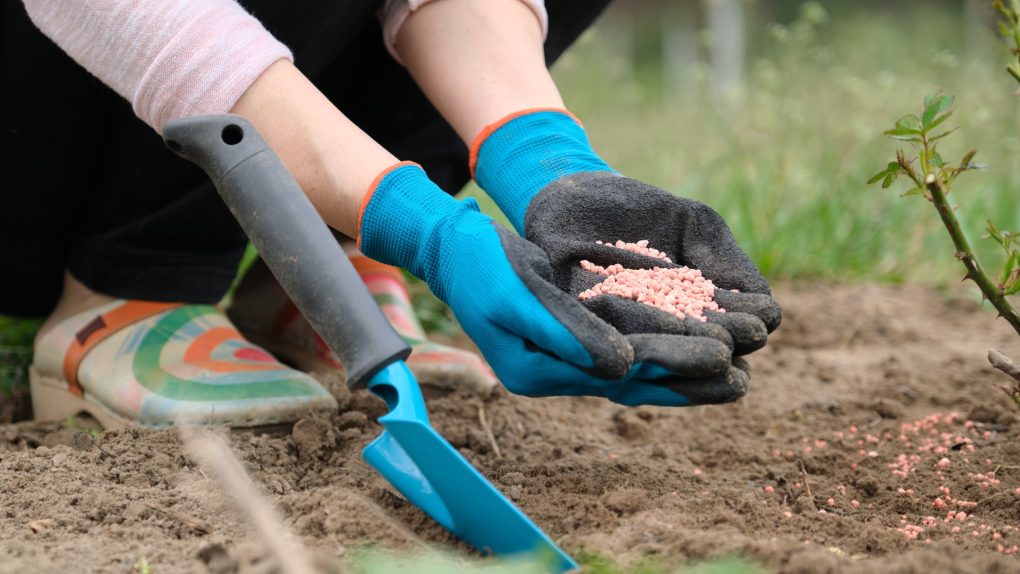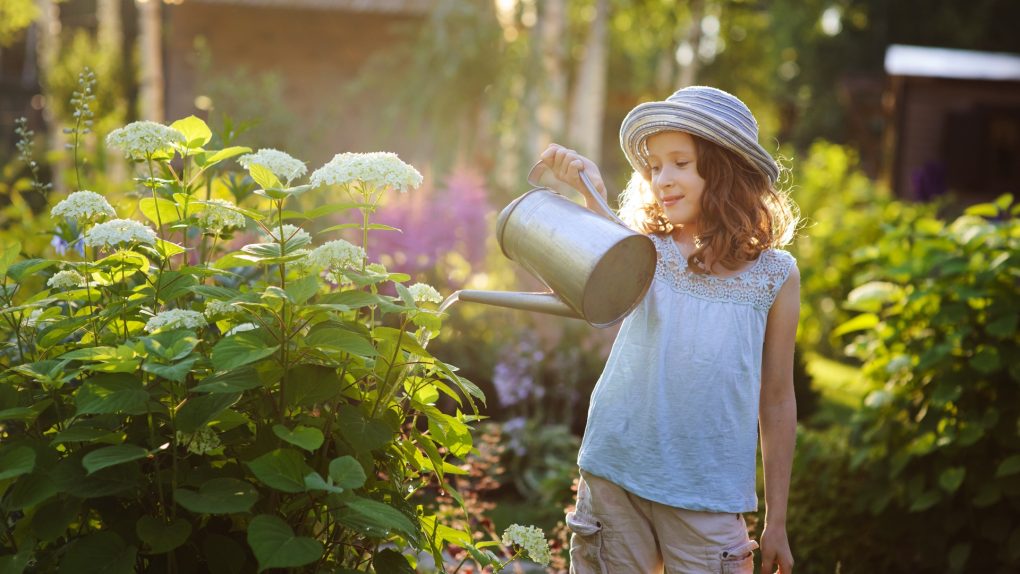How to Fertilize Annabelle Hydrangea: Tips and Techniques
Annabelle hydrangeas are popular among gardeners due to their beautiful white blooms and easy maintenance. Nevertheless, fertilizing these plants properly is crucial to their health and well-being. Fertilizing Annabelle hydrangeas can help promote healthy growth, vibrant blooms, and overall plant health.

When fertilizing Annabelle hydrangeas, there are a few things to remember. First, it’s important to choose the right type of fertilizer. Organic fertilizers, such as compost or earthworm castings, are a great choice for these plants. Additionally, it’s important to fertilize at the right time of year and in the right amounts to avoid over-fertilization, which can harm the plant.
Overall, fertilizing Annabelle hydrangeas is a simple but important for any gardener. By choosing the right fertilizer, timing, and amount, gardeners can help ensure their plants stay healthy and beautiful year after year.
Table of Contents
When to Fertilize
Annabelle hydrangeas require proper nourishment to produce healthy and abundant blooms. Therefore, fertilizing at the right time is crucial to ensure the plant gets the necessary nutrients to grow and thrive.
Spring Fertilization
Spring fertilization is the most important feeding for Annabelle hydrangeas. It is recommended to fertilize the plants in early spring before new growth appears. This will help the plant to produce strong stems and abundant blooms. Use a high-phosphorus fertilizer to promote flower formation. A 10-20-10 or 12-4-8 N-P-K fertilizer is ideal for Annabelle hydrangeas. Apply the fertilizer evenly around the base of the plant and water thoroughly.
Be careful not to over-fertilize the plant to avoid excessive foliage growth at the expense of flower production. It is better to apply less fertilizer than too much.
Fall Fertilization
Fall fertilization is not necessary for Annabelle hydrangeas as they are now preparing for dormancy. However, applying fertilizer in the fall can stimulate new growth that may not have time to harden off before winter, making the plant more susceptible to cold damage.
It is best to avoid fertilizing in the fall and instead focus on preparing the plant for winter by adding a layer of mulch around the base to protect the roots from freezing temperatures.
Fertilizing Annabelle hydrangeas at the right time and with the right nutrients can help to promote healthy growth and abundant blooms. By following the tips, you can ensure that your Annabelle hydrangeas receive the proper nourishment they need to thrive.
Choosing the Right Fertilizer
Annabelle hydrangeas need the right balance of nutrients to grow and bloom properly. Choosing the right fertilizer is essential to ensure your plant gets the nutrients it needs. Here are factors to consider when choosing the right fertilizer:
Nitrogen-Phosphorus-Potassium Ratio
The three primary nutrients that hydrangea need are nitrogen (N), phosphorus (P), and potassium (K). The N-P-K ratio on the fertilizer package tells you the percentage of each nutrient in the fertilizer. Annabelle hydrangeas recommends a balanced fertilizer with an N-P-K ratio of 10-10-10 or 20-20-20. However, to promote more blooms, choose a fertilizer with a higher phosphorus content, such as a 10-20-10 or 12-4-8 fertilizer.
Organic vs. Synthetic Fertilizer
Organic fertilizers are made from natural materials, such as manure, compost, and bone meal. Over time, they release nutrients slowly and improve soil health. On the other hand, synthetic fertilizers contain chemicals that release nutrients quickly. They are more convenient but can harm beneficial soil organisms and cause nutrient imbalances. Both fertilizers can be used for Annabelle hydrangeas, but organic fertilizers are generally preferred because they are more sustainable and help improve soil health over time.

When choosing a fertilizer, it’s important to read the label carefully and follow the instructions. Applying too much fertilizer can burn the roots and damage the plant. It’s also important to water the plant thoroughly after fertilizing to help the nutrients reach the roots.
How to Apply Fertilizer
Measuring the Fertilizer
Before applying fertilizer to your Annabelle hydrangeas, it is important to measure it out correctly. The amount of fertilizer you need will depend on the size of your hydrangea and the type of fertilizer you are using.
Read the instructions on the fertilizer label carefully to determine the correct amount to use. Over-fertilizing can harm your hydrangeas, so measure it out accurately.
Applying the Fertilizer
Once you have measured the correct fertilizer amount, you are ready to apply it to your hydrangeas. Follow these steps:
1. Spread the fertilizer evenly around the dripline of the hydrangea. The dripline is the outer edge of the canopy of the plant.
2. Use a rake or cultivator to work the fertilizer into the top layer of soil, being careful not to damage the roots.
3. Lightly cover the fertilizer with soil.
4. Water the area thoroughly so that the fertilizer can soak into the soil and reach the roots.
5. Use fertilizer once or twice a year, depending on the type you’re using and the needs of your hydrangeas.
Following these steps, you can help ensure your Annabelle hydrangeas receive the nutrients they need to grow and thrive.
Watering and Maintenance
Maintaining and watering Annabelle hydrangeas properly is crucial to the health and growth of Annabelle hydrangeas. Here are some tips to keep your plants thriving:
Watering After Fertilizing
After fertilizing your Annabelle hydrangea, it is important to water it deeply. This helps the plant absorb the nutrients and promote healthy growth. Keep the soil moist but not soggy when watering the plant. You should avoid watering your plants too frequently to prevent root rot. Instead, water deeply once or twice a week, depending on the weather and soil conditions.

Pruning
Annabelle hydrangeas benefit from pruning to promote healthy growth and maintain their shape. Prune the plants in late winter or early spring before new growth appears. Remove dead or damaged branches and any crossing or rubbing branches. Cut the branches back to just above a healthy bud or branch. Pruning too much can reduce the number of blooms.
Deadheading
Deadheading, or removing spent blooms, can help promote new growth and prolong the blooming period of Annabelle hydrangeas. Deadhead the plants as soon as the blooms begin to fade. To promote new flower growth, trim the stem just above a healthy bud or branch.
